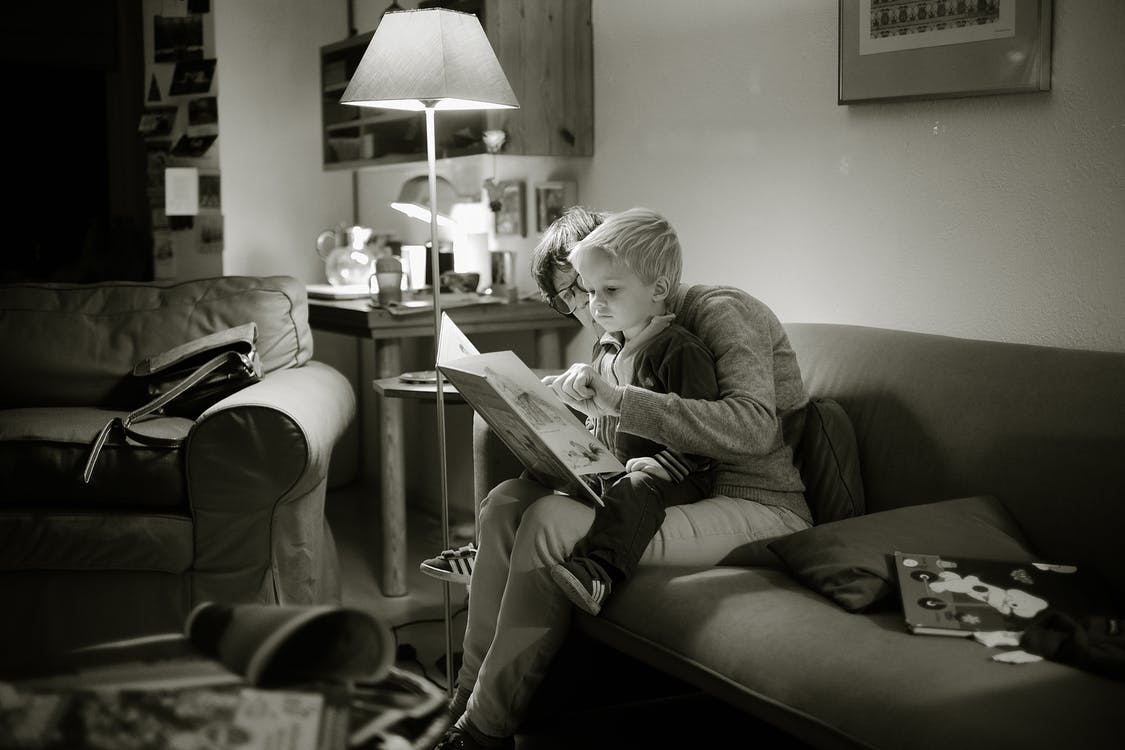
Executive Summary
Introduction
The purpose of this paper is to identify the current conditions and challenges associated with meeting students’ social emotional learning needs and to outline the context in which schools are endeavoring to address these needs and to meet the challenges associated with this work. This paper will also identify the key partnerships and recommended actions.
We hope that the content of this paper will inform the thinking of our members and provide them with research based information to use in addressing social emotional learning in their respective districts. The paper is extensive and members should feel free to use those portions of the document that best meet the context of their district.
Framing the Problem
The nature of this problem has changed. Children in schools today are dealing with an increase in everyday stressors such as peer relationships, academic pressure, and social media resulting in feelings of anxiety, depression, and emotional stress and in some cases a motivation to develop and execute a suicide plan. Evidence also suggests a higher incidence of children exposed to trauma (e.g. involvement with DCF or court system, family substance use disorders, unemployment, etc.).
This changing problem is further exacerbated by the acute lack of psychiatric hospitals and crisis centers. The lack of resources in this time of critical need has extended the waiting time for students in need of psychiatric intervention. These students remain in school and the school often becomes the “default” for the mental health system. Recent changes in the student discipline regulations have often required schools to maintain students who do not possess the social emotional skills to be successful or even to negotiate the stimulation of the traditional school environment.
Supporting a Readiness to Learn in Every Student- School Partnerships and Recommended Actions
School districts need many partners to join us in this work. Schools cannot go it alone. We have endeavored to identify the respective groups, the partnerships that schools can forge with these partners and some proposed specific action plans.
Social Service Agencies
- · Develop and provide accessible direct services to students with direct access to social service agencies within the school setting to increase the coordination of these services and the communication among the service providers.
- Department of Elementary and Secondary Education
- · Provide districts with technical assistance and funding around the development of curriculum, instruction and assessment of social emotional learning in their districts.
- Higher Education
- · Establish a working group comprised of DESE and leaders of higher education institutions and public schools to develop a plan for the vertical articulation of a social emotional learning curriculum/program of study for pre-k through 16.
- · Include a social emotional learning competency within the educator licensure requirements.
Legislative
- · Enact legislation that creates inter-agencies teams to support the coordination of social services both in the schools and throughout the communities.
- · Promote legislative action on the Safe and Supportive Schools Commission recommendations.
- Recommended Actions for School Districts
- · Build social emotional learning into the core values of the district, the action plans for district improvement and make it a core strand in the district professional development plan.
- · Integrate social emotional learning within the educator evaluation system through the goal setting process and the teacher feedback following classroom observations.
- · Identify both formative and summative assessment tools to monitor the health of the school climate and the success of the social emotional learning program.
- · Survey districts to identify highly effective programs, curricula, partnerships, training and professional development. The results of this survey could form the foundation of a bank of resources and eliminate the practice of districts working in isolation.
Conclusion
School districts across the State are responding to the need for social-emotional learning. Our efforts to date have met with mixed results and this concern continues to grow. We need a more focused approach to this work. We need to strike a balance between the quest for high academic standards with
the importance of maintaining a supportive and positive school culture. We have a duty to develop students who are socially competent and emotionally grounded. We also need to be attentive to supporting the social-emotional need of the adults so that they can create the conditions necessary to achieve this objective.
